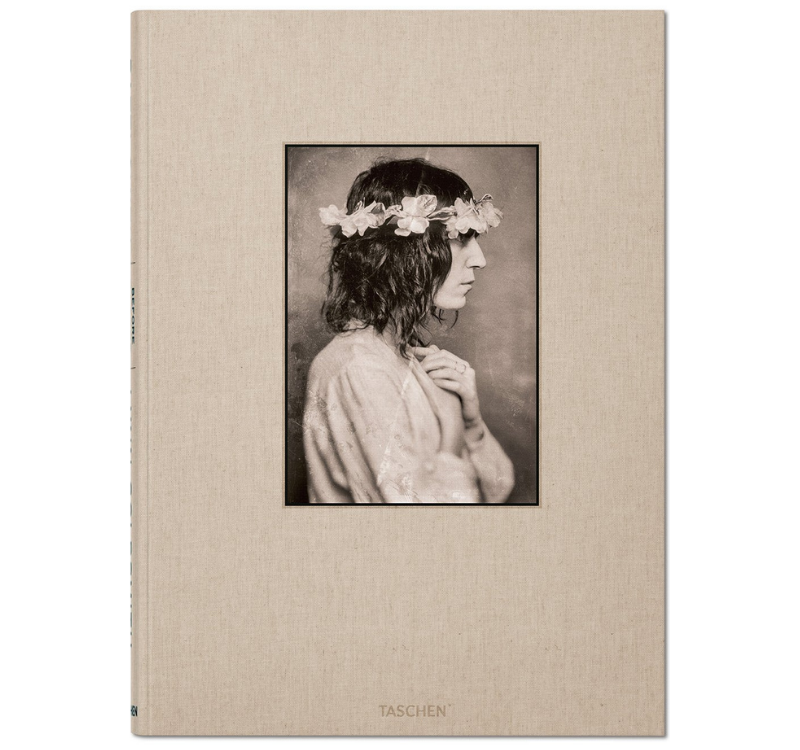
Rocky. The Complete Films.
December 17, 2020
Patti Smith
April 26, 2022






Paul
Collector’s Edition No. 496 (No. 101–700)
Numbered and signed by Harry Benson
Harry Benson began photographing the young Paul McCartney in 1964, a pivotal year for the Beatles when they took America by storm, toured the world, and made their movie debut with A Hard Day’s Night—all documented by the affable Scotsman. And when the Fab Four called it quits, it was Benson who was afforded intimate access to Paul and wife Linda, as Paul forged a new path creatively and personally.
Through Benson’s lens, Paul traces the evolution of its namesake as an icon, performer, and a devoted family man. We follow the musician at the height of his fame with the Beatles; in the recording studio with Linda and their band, Wings; with the family; behind the scenes and on stage during the 1975–76 “Wings Over America” tour; dancing the night away at a star-studded party on the Queen Mary to celebrate the band’s newest album; and with Linda on the couple’s farm in the U.K. in the early 1990s—a fittingly soft landing after so many years of flying high.
Featuring more than 100 color and black-and-white images by the legendary photojournalist, many never seen before, this collection is a window onto a one-of-a-kind artist, one who has remained somewhat enigmatic despite nearly a lifetime of being in the limelight.
TASCHEN: Hardcover in acrylic box, 10.6 x 14.7 in., 13.20 lb, 172 pages, numbered and signed by Harry Benson.
IN STOCK: $1000 No. 496
Harry Benson began photographing the young Paul McCartney in 1964, a pivotal year for the Beatles when they took America by storm, toured the world, and made their movie debut with A Hard Day’s Night—all documented by the affable Scotsman. And when the Fab Four called it quits, it was Benson who was afforded intimate access to Paul and wife Linda, as Paul forged a new path creatively and personally.
Through Benson’s lens, Paul traces the evolution of its namesake as an icon, performer, and a devoted family man. We follow the musician at the height of his fame with the Beatles; in the recording studio with Linda and their band, Wings; with the family; behind the scenes and on stage during the 1975–76 “Wings Over America” tour; dancing the night away at a star-studded party on the Queen Mary to celebrate the band’s newest album; and with Linda on the couple’s farm in the U.K. in the early 1990s—a fittingly soft landing after so many years of flying high.
Featuring more than 100 color and black-and-white images by the legendary photojournalist, many never seen before, this collection is a window onto a one-of-a-kind artist, one who has remained somewhat enigmatic despite nearly a lifetime of being in the limelight.
TASCHEN: Hardcover in acrylic box, 10.6 x 14.7 in., 13.20 lb, 172 pages, numbered and signed by Harry Benson.
IN STOCK: $1000 No. 496


Dollars as Devotion

Literary
Listens

Dollars as Devotion

